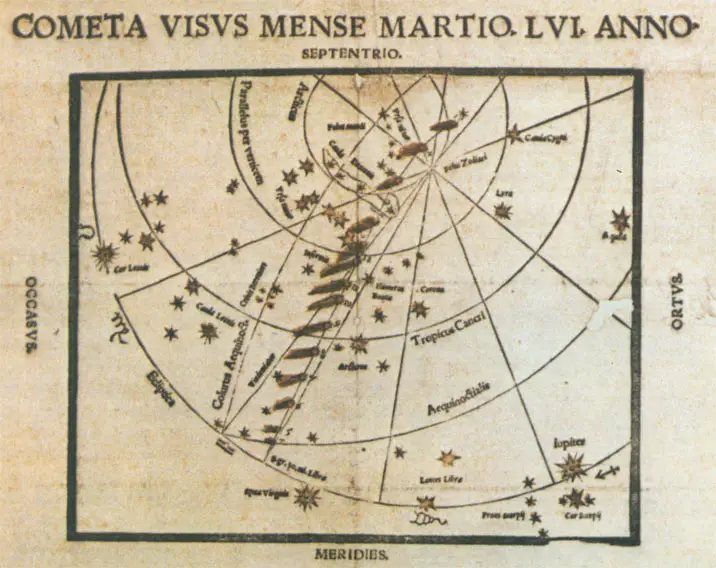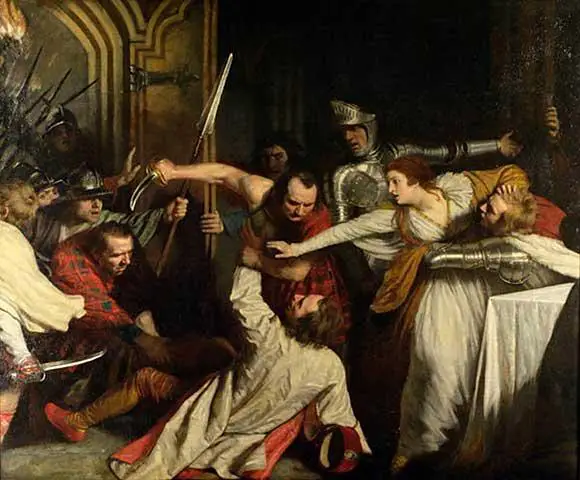 On this day in history, 6th March 1492, Juan Luis Vives was born in Valencia, Spain.
On this day in history, 6th March 1492, Juan Luis Vives was born in Valencia, Spain.
Juan Luis Vives was a scholar and humanist, and is known for being the friend and adviser of Catherine of Aragon, first wife of King Henry VIII, and the tutor of the couple's daughter, the future Mary I. Catherine of Aragon commissioned him to write the treatise Education of a Christian Woman (Instruction of a christen woman) and he created the Satellitium animi, or Escort of the Soul, a study plan for the Princess Mary, which also included "spiritual mottoes and devices". It was the forerunner of the 16th- and 17th-century emblem books, books which contained a number of emblematic images with an accompanying explanatory text.
As well as tutoring Princess Mary, Vives also lectured in philosophy at Corpus Christi College, Oxford, and produced a number of educational, religious and philosophical works, including the De disciplinis, De anima et vita and De veritate fidei Christianae.
Vives died at Bruges on 6th May 1540 and, was buried at the St Donatian Church which was destroyed in 1799.
Here are some links to read more about Vives' work:
- Vives' conduct book for Christian women - An article on the British Library website about Richard Hyrde's translation of Vives' Instruction of a christen woman
- The Education of a Christian Woman: A Sixteenth-Century Manual (The Other Voice in Early Modern Europe) by Juan Luis Vives and translated by Charles Fantazzi - a modern translation of Vives' manual published by the University of Chicago Press. See on Amazon at http://amzn.to/2mLvQof
- Diálogos de Juan Luis Vives - read online (if you know Spanish!) at https://archive.org/details/dilogosdejuanlui00vive
- Tudor School-boy Life: The Dialogues of Juan Luis Vives, translated into English by Foster Watson, J.M. Dent and Company, 1908. Read online at https://archive.org/details/tudorschoolboyl02vivegoog
- Vives, on education: a translation of the De tradendis disciplinis of Juan Luis Vives, translated into English by Foster Watson, Cambridge University Press 1913. Read online at https://archive.org/details/vivesoneducation00viveuoft
Notes and Sources
Pictures: Statue of Juan Luis Vives by Pere Carbonell (1892), placed at the façade of the National Library of Spain, photo by Luis García, Wikimedia Commons; Retrato del insigne humanista español Juan Luis Vives [Ioannes Lodovicus Vives] (1492-1540), Wikipedia.es.
- Ridgway, Claire (2012) On This Day in Tudor History, MadeGlobal Publishing.




Leave a Reply